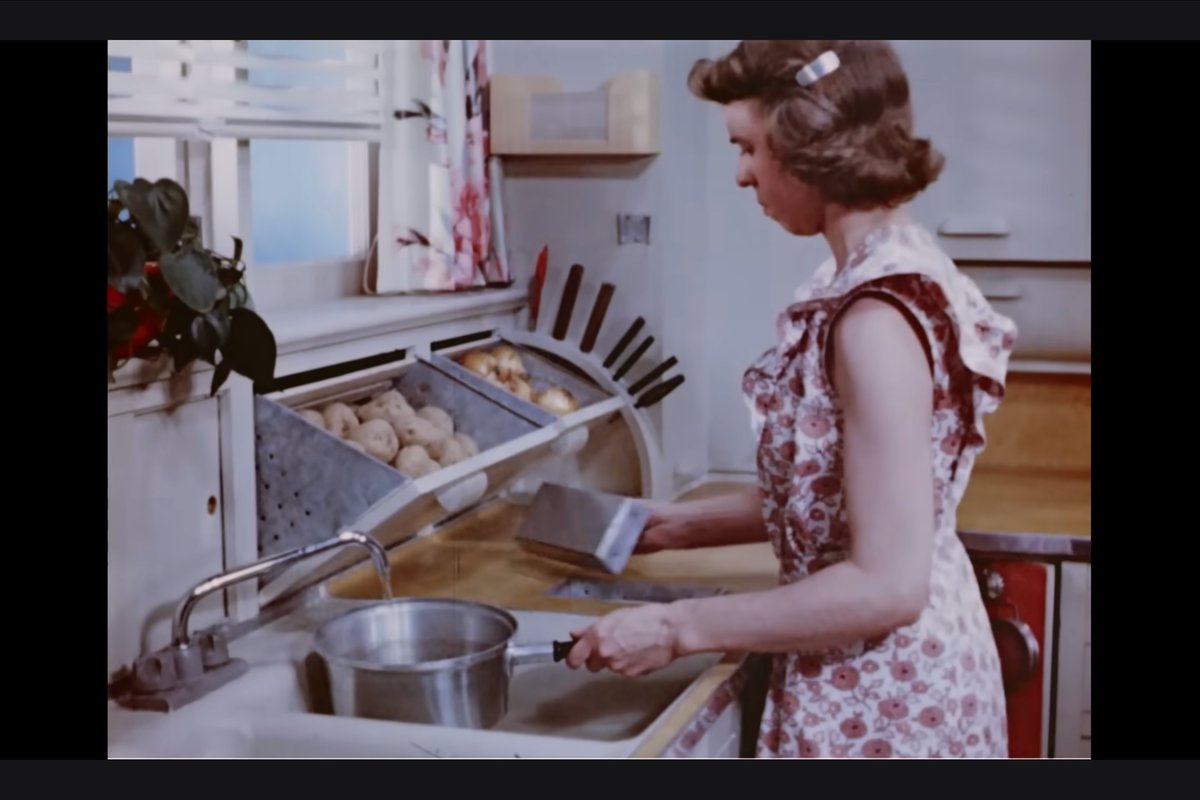Jimmy Kimmel destroyed Trump's plan for abstinence-only sex ed with an amazing pamphlet.
Abstinence-only sex education is making a comeback.
The Department of Health and Human Services is shifting away from comprehensive sex education — in which abstinence is only one component of instruction — and toward a model that emphasizes delaying sex.
If you're there thinking, "Wait, what?" You're not the only one.
Jimmy Kimmel, (almost) everyone's favorite late-night comedian, had a lot to say about the issue. Buckle up, folks, it's going to get bumpy.
Kimmel, who's no stranger to calling out controversial issues, found it hypocritical that the Trump administration is asking to earmark $75 million to champion the euphemistically titled "sexual risk avoidance education" considering the latest of the president's many scandals.
So the comic did what he does best, lighting up Trump's plan with his own abstinence-only pamphlet.
The video’s funny, but here’s something a little less hilarious: A focus on abstinence-only education is terrible for teens.
Organizations receiving Sexual Risk Avoidance Education funding, for instance, would have to teach teens about contraception from a theoretical rather than a practical perspective. Huh? Exactly. Instructors will still present the idea that birth control and barrier methods exist somewhere out in the real world, but non-prescription contraception won’t be distributed or even demonstrated.
Basically, we’re going to have a lot of this:
GIF from "Mean Girls."
(Thank god for YouTube, right?)
There's loads of research to back up how much abstinence-only education doesn’t work.
Data shows that abstinence-only education doesn’t actually decrease pregnancy rates among teens. It does the opposite.
And while opponents of comprehensive sex ed think teaching kids about disease prevention and contraception encourages early sexual activity, the flip side is that not teaching these ideas doesn’t make teens less fascinated with sex. It just leaves them confused and without the knowledge they need to make educated decisions about sex.
Laura Lindberg, co-author of a 2017 report that confirmed abstinence-only programs didn’t reduce either teen pregnancy or delay the age of sexual activity, put it bluntly to NPR, "We fail our young people when we don't provide them with complete and medically accurate information."
That’s especially evident in the case of Sen. Bill Cassidy (R-Louisiana), whose staunch support of abstinence-only education didn’t prevent the pregnancy of his own 17-year-old daughter in 2014.
Another study found that teens who received abstinence-only education were less likely to use condoms while still engaging in sexual activity.
So what actually reduces rates of teen sex and pregnancy? Comprehensive education and affordable contraception methods.
But being transparent with teens about safe sex is only one piece of the puzzle.
Teaching teens they should wait until marriage can be particularly stigmatizing. As Dr. Terez Yonan, a physician specializing in adolescent medicine told Teen Vogue, the heteronormative framework such programs are based on alienates and sidelines LGBTQ youth. "It isolates them," she said. "They don’t learn anything about how to have sex with a partner that they’re attracted to and how to do it in a safe way that minimizes the risk of STDs and pregnancy."
Abstinence-only education also often provides teens with information on relationships and consent that marginalizes and puts pressure on young women. As Refinery 29 points out, these programs "engage in teaching affirmative consent and violence prevention in ways that perpetuate gender stereotypes, such as putting the onus on young women to be in control of young men's sexual behaviors."
But even if the above weren’t true (and all of it is), abstinence-only education is behind the cultural curve in general. Marriage rates are dropping as priorities and cultural ideas about the role of marriage change. Many are waiting until they’re older to get married or deciding not marrying at all. According to 2015 statistics, the average age of first marriage was 27 for a woman and 29 for a man in America.
Are we really expecting teens to wait until they’re almost 30 to figure out the right way to unroll a condom (there’s a reason we need the banana demonstration!) or that lube is a must in the bedroom?
Abstinence-only education, while ostensibly well-intentioned, is also often terrifying.
Take this clip from the 1991 movie "No Second Chance" for instance. It intercuts a teacher threatening an entire classroom with death by venereal disease with grainy stock footage of a man loading a gun.
"What if I want to have sex before I get married?" One nervous student asks.
"Well," the teacher says, leaning in close, "I guess you just have to be prepared to die."
It hasn’t gotten much better. While the fashions have changed, a 2015 episode of "Last Week Tonight" made it clear that the message remains the same: Sex before marriage is dangerous, shameful (especially for young women), and morally repugnant.
If we really want to give today’s youth a chance at a bright and healthy future, it’s going to come from frank and open discussions about sex, sexuality, and healthy relationships — not by scaring them into celibacy.
Of course, if we need another idea for how to prevent teens from having sex early, Kimmel has some words of wisdom.
"I didn’t need abstinence education when I was a teenager," he quipped. "I just played the clarinet."



 TikTok · Ale
TikTok · Ale
 Kittens are the cutest.
Kittens are the cutest.  Grrrr, wook at his widdle paws and his widdle whiskers.
Grrrr, wook at his widdle paws and his widdle whiskers. 

 Design 3D GIF
Design 3D GIF 
 Bluebells at the Brooklyn Botanical Gardens.
Bluebells at the Brooklyn Botanical Gardens. 